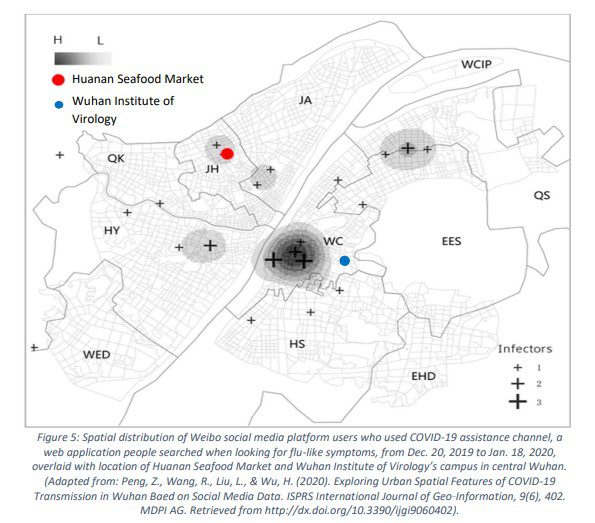RALEIGH —The U.S. Senate Health, Education, Labor and Pensions (HELP) Committee Minority oversight staff has released an interim report on the origins of COVID-19.
The 35-page report, titled “An Analysis of the Origins of the COVID-19 Pandemic, was released on Oct. 27 and offers a summary of the top theories that the virus was either a natural zoonotic outbreak or a research-related incident. The report is based on publicly available and open-source information related to the virus.
“Over one million Americans have died from COVID-19 and tens of millions have died from this virus worldwide. In addition to the tragic loss of life, over the past three years we have experienced the social, educational, and economic costs of a global pandemic,” Sen. Richard Burr (R-NC), ranking member of the Senate HELP Committee, stated in the forward to the interim report.
“With COVID-19 still in our midst, it is critical that we continue international efforts to uncover additional information regarding the origins of this deadly virus. I hope this report will guide the World Health Organization and other international institutions and researchers as they proceed with planned work to continue investigating the origins of this virus. Uncovering the answers to this critical question is imperative to our national and international ability to ensure that a pandemic of this size and scope does not happen again.
The report does not make a definitive conclusion between the two theories examined and cites a lack of transparency and continued prohibitions on sharing of data by the People’s Republic of China as hindering the process.
While no conclusion is drawn, the report says there is precedent for zoonotic spillover, or humans infected by animals, but a “research-related incident” is more likely.
“This conclusion is not intended to be dispositive,” the report states. “The lack of transparency from government and public health officials in the PRC with respect to the origins of SARS-CoV-2 prevents reaching a more definitive conclusion. Should additional information be made publicly available, and subject to independent verification, it is possible that these conclusions would be subject to review and reconsideration.”
The report describes several problems with the zoonotic hypothesis:
- The intermediate host species for SARS-CoV-2, if one exists, remains unidentified.
- Unlike SARS, the genomes of early COVID-19 cases from the first months of the pandemic do not show genetic evidence of SARS-CoV-2 having circulated in another animal species other than humans.
- SARS-CoV-2’s high binding affinity for human ACE2 receptors suggests that it is possible for it to directly infect humans without needing a period of adaptation in an intermediate host.
- Based on the available evidence, Wuhan is the only location where SARS-CoV-2 spilled over into humans.
- The low genetic diversity of the earliest SARS-CoV-2 samples suggests that the COVID-19 pandemic is most likely the result of a single successful spillover of SARS-CoV-2.
A detailed outline of a pattern of “persistent biosafety problems” at the Wuhan Institute of Virology (WIV) is also contained in the report. Included in the outline is a list of biocontainment-related procurements and patents that would be needed for highly contagious pathogens that would indicate an unsafe work environment and biohazard safety issues.
The report also includes a spatial heat map based on data from users of Weibo, a Chinese social networking site, who had searched for terms related to flu-like illness from late December 2019 to mid-January 2020. The results showed a heavier cluster near WIV than elsewhere in the surrounding areas, including the Huanan Seafood Market blamed for the outbreak by the Chinese government.

In its conclusion, the report says there are “critical outstanding questions” that need to be answered in order to arrive at a definitive answer as to the virus’ origin, such as what the intermediate host species for SARS-CoV-2 is and where it first infected humans.
Other key questions include where the SARS-CoV-2’s viral reservoir is and how did SARS-CoV-2 acquire its unique genetic features, such as its furin cleavage site.
“Advocates of a zoonotic origin theory must provide clear and convincing evidence that a natural zoonotic spillover is the source of the pandemic, as was demonstrated for the 2002-04 SARS outbreak. In other words, there needs to be verifiable evidence that a natural zoonotic spillover actually occurred, not simply that such a spillover could have occurred,” the report says in conclusion.


